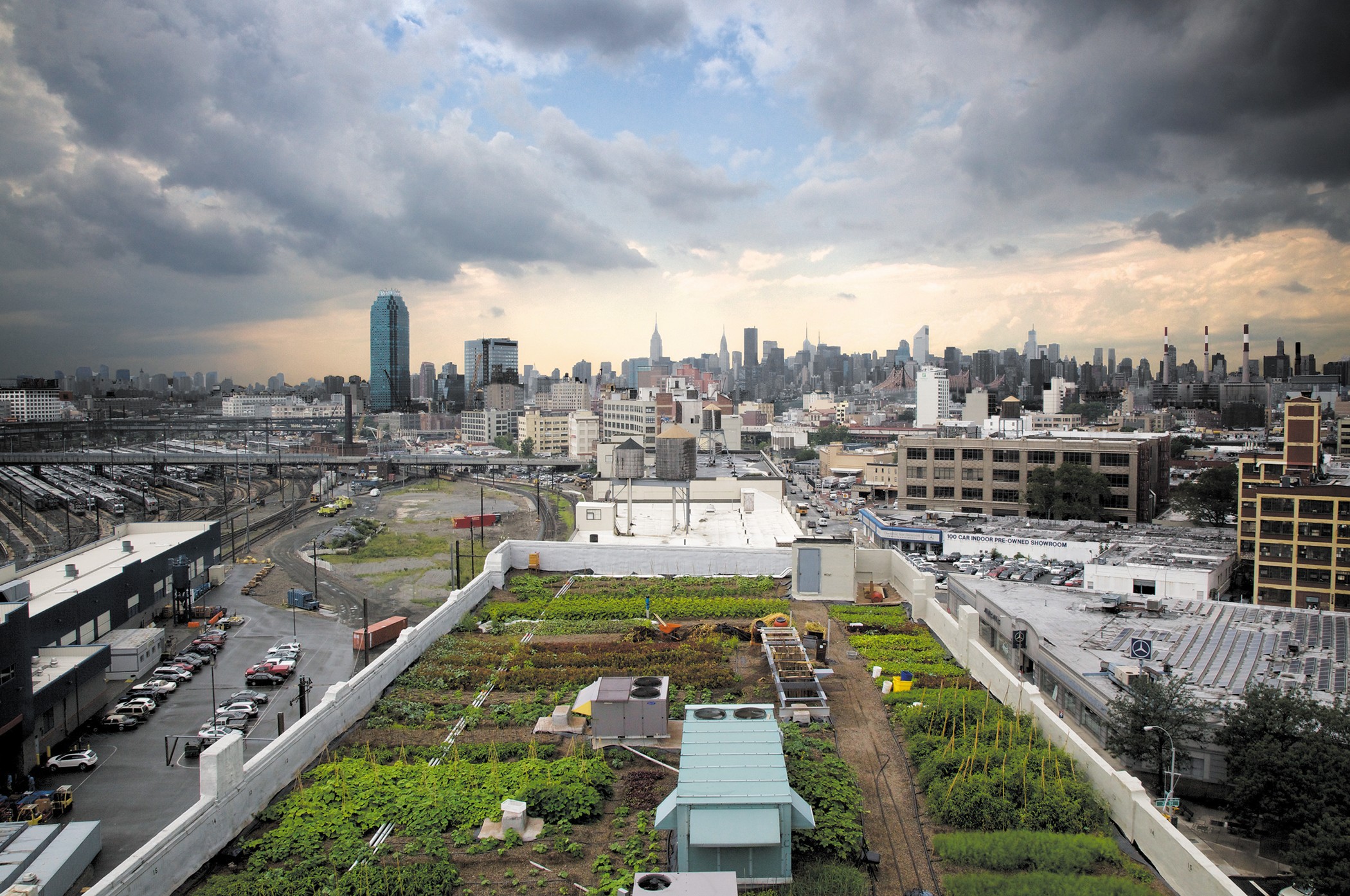City Blooming Fundamentals Explained
City Blooming Fundamentals Explained
Blog Article
Our City Blooming Diaries
Table of ContentsThe Of City BloomingThe Definitive Guide to City Blooming8 Easy Facts About City Blooming ShownFascination About City BloomingThe Of City Blooming
Fascinated in growing food for sale in the City of Chicago? Below is a checklist of frequently asked concerns regarding the guidelines and laws that cultivators should take into consideration when preparing a metropolitan farming task.
The zoning modification does not change any type of various other codes handling composting, building licenses, buying or renting City owned residential property, business licenses or ecological contamination. There are existing codes that control these problems and they stay completely effect and may apply to your project. Community gardens are usually owned or handled by public entities, public companies or community-based organizations and kept by volunteers.
Urban farms grow food that is planned to be marketed, either on a nonprofit or for-profit basis. Due to their industrial function, city farms require a company certificate.
The Of City Blooming
The quantity of compost material can not exceed 25 cubic lawns at any kind of given time according to the criteria in 7-28-715 of the City's Municipal Code. Because the dirt at a lot of new garden sites requires amending, garden compost, dirt, wood chips, or various other products can be acquired to create or enhance the growing room.

If a structure license is called for then the hoophouse will certainly be considered an accessory structure. You can learn even more regarding the building permit requirements by speaking to the Division of Structures. The 25,000-square-foot dimension limit is intended to avoid a single neighborhood yard from dominating a given block or diminishing the block's existing household or commercial character.
The limit does not use to yards found in Public Open Room (POS) districts. Can there be more than one community yard that is 25,000 square feet on a solitary block? Fence is not required, nevertheless, yards that have huge auto parking areas might be needed to mount fence or other landscaping functions.
Some Known Details About City Blooming
B1 & B2 areas call for that all commercial use activities be performed indoors. R districts restrict commercial task. The regulations reflect the purpose and intent of the Zoning Code. Is fencing needed for urban ranches? Yes. Fences might be required, together look at this website with landscape design and testing, for specific parking lot and outside work or storage space locations depending upon location and the certain activity happening.
Yes. Urban ranches require structure authorizations and zoning approvals prior to construction. Other forms of city review might be called for relying on specific structures, activities, dimension, landscaping, licensing, public health and stormwater monitoring issues. A lot of these needs are identified in the job layout or permitting procedure, nevertheless, the candidate may be responsible to separately determine details licenses or permits that might be needed.
Yes. The sort of certificate is figured out by what is taking place at the site. The Department of Company Affairs and Customer Defense can aid determine the certain kind of company certificate that's called for. Yes. Off street auto parking is required for the majority of industrial tasks in Chicago. The called for number of garage is based on the variety of workers servicing site and not the square video footage of the expanding space.
The Basic Principles Of City Blooming

A metropolitan ranch can sell compost material created on website, nonetheless, the operation must conform with the regulations in 7-28-715 of the Chicago Municipal Code. Aquaponic systems are enabled indoors on urban farms in many zoning districts.
Up to 5 hives or nests of honey bees may be kept as an accessory use. Nevertheless, beekeepers have to sign up with the Illinois Division of Agriculture. For more details concerning the proposed zoning amendment you may contact the Department of Housing and Economic Growth, Bureau of Planning and Zoning at 312.744.8563.
, which takes area in country areas at the side of suburbs.
The Facts About City Blooming Revealed
It can entail a movement of natural growers, "foodies" and "locavores", that seek to develop social media networks based on a shared values of nature and area holism. These networks can develop by method of official institutional assistance, ending up being integrated into local town as a "transition town" movement for lasting urban advancement.
The extra direct access to fresh veggie, fruit, and meat products that may be become aware via metropolitan farming can improve food security and food security while decreasing food miles, resulting in lower greenhouse gas emissions, thus contributing to environment change reduction. A few of the first proof of urban farming originates from Mesopotamia.
Report this page